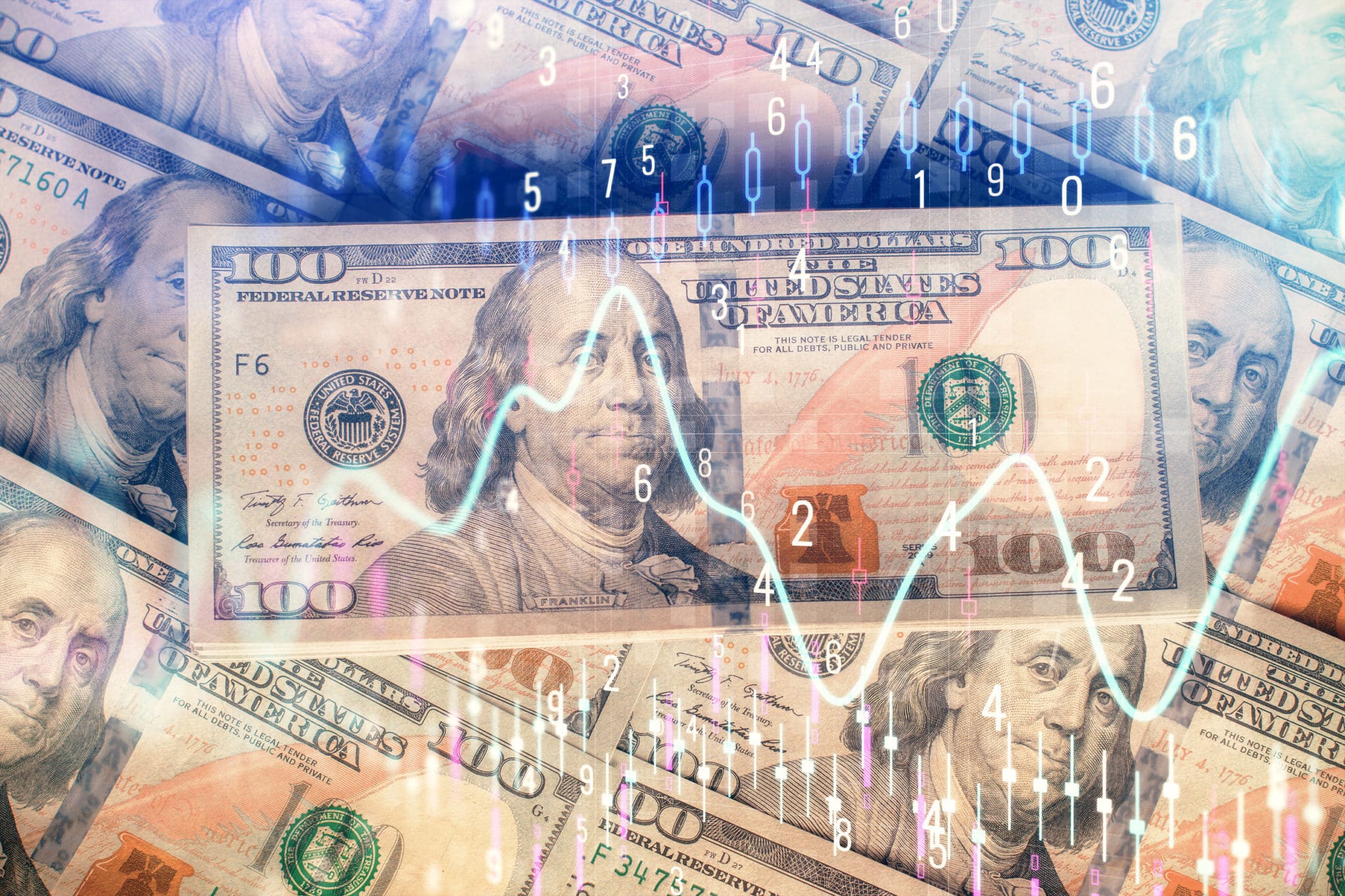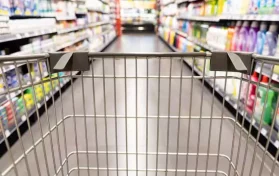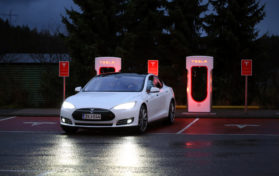
Just go in your local grocery – you’re likely to see two things: increased prices and a lack of certain items. The current supply and demand is causing inflation and a lack of product. When people can find product, they’re paying more. In fact, economists say that across-the-board price increases are costing American families an extra $175 per month.
The Biden Administration touted wage increases when the latest jobs report was unveiled on October 8, but citizens are saying they aren’t seeing an increase in their pocketbooks as the cost of fuel, groceries, and housing has increased during the same time period. The current rate of inflation is hitting households earning $70,000 and below the hardest.
Chief economist at Moody’s Analytics, Mark Zandi, says that consumers are spending about $175 more on necessities than at the same time a year ago. He also lamented, “That’s the equivalent of a full grocery, electric or cellphone bill.”
The Biden Administration has described the inflation as “transitory,” but it’s the highest rate of inflation Americans have seen in thirty years. Part of the problem lies in supply chain issues, including “Containergeddon,” a growing number of ships sitting outside the Port of Los Angeles and the Port of Long Beach. Exacerbating the supply chain issue is a truck driver shortage.
With the interruption in the supply chain, no end seems to be in sight for growing consumer costs. The pandemic is being blamed for a portion of the shortage, but others point to lengthy unemployment benefits that just ran out in September. Now financial experts are predicting an uptick in credit card debt.
Some consumers are using credit cards to pay for necessities such as fuel and food. Economists predict that this will not slow down but perhaps increase as food prices are predicted to keep rising through at least mid-2022. A PepsiCo spokesperson announced that beverages and snacks produced by the company will raise prices shortly after the new year.
PepsiCo isn’t the only food or beverage company that is seeing a price increase. One dozen cans of Coca Cola (twelve ounce cans) has recently risen to $5.75. A half-gallon of milk is now $4.49 in some stores, and Folger’s coffee has risen eighty-five cents to $8.80. These prices are in the Southwest United States as well as in the Northeast. Grocery chains in New York City have slashed prices on meats and milk, but they have attempted to mitigate the loss by raising the price on non-food items in their stores.
A recent survey of American households state that it has become “very difficult” to pay for everyday expenses. An October 6 Census Bureau’s Household Pulse Survey found that most Americans have seen an eight percent increase in the cost of running a household.
Economists state that more and more consumers are spending nearly double their previous budgeted amount for groceries, even when shopping at discount grocery chains. Americans are no longer splurging on a meal out or on unnecessary purchases. This could also create a lackluster Black Friday and holiday buying season.
The inflation is not expected to end any time soon, and next year is expected to bring more price hikes. The price of a barrel of oil is over $80 and rising, driving up gas prices. Even if wages do increase, there is little disposable income that generally causes the economy to thrive as people spend on “fun” or luxury items. While this isn’t a doomsday prediction for the economy, a means of lowering inflation and opening up more shipping lanes would certain help Americans’ wallets.





